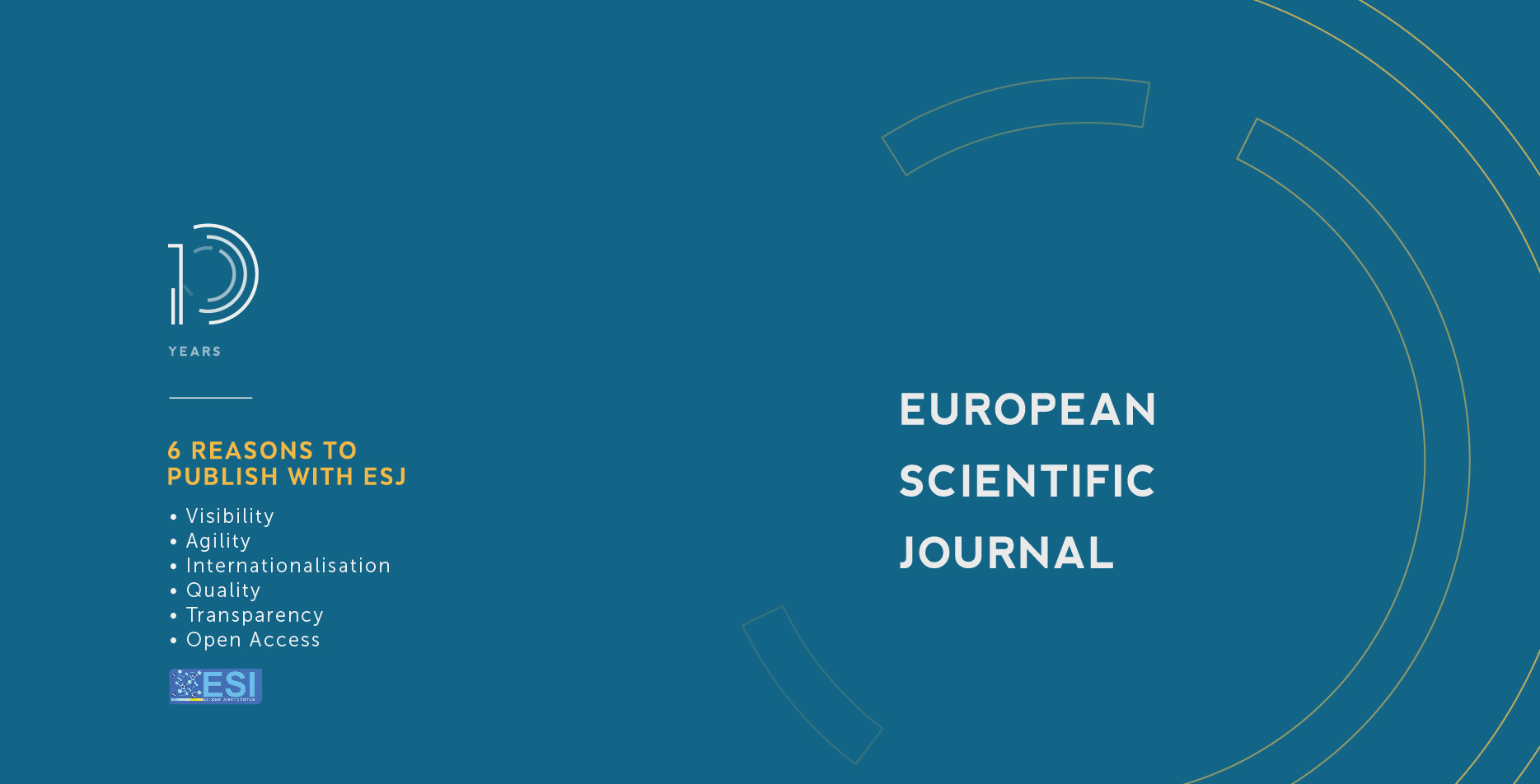Dynamics And Impact Of Flowering Insects On Sesamum indicum L. (Pedaliaceae) Production In Maroua (Far-North, Cameroon)
Abstract
The study of the variability of the flower visiting entomofauna between Palar and Djarengol-Kodek (Maroua, Cameroon) and the influence of the pollination type were carried out in 2020 for assessing their impact on sesame production. Three treatments of 50 plants each were used according to whether the flowers were open-pollinated (TA) or protected using mosquito net cages (TB) and plastic cages (TC) for analysis. The diversity and composition of the entomofauna were compared between localities from TA as well as the resulting pod and seed yields of the crop. 21 and 12 insect species were found foraging on sesame flowers in Palar and Djarengol-Kodek respectively. Hymenoptera had a high relative abundance ˃ 92% at both sites and played a key role in pollinating the flowers of the host plant species. The diversity index was higher in Palar (H’ = 3.10) than in Djarengol-Kodek (H’ = 2.64). The Jaccard similarity index between both sites was J = 0.43. During their floral activity, these bees promoted autogamy, geitonogamy and xenogamy on S. indicum flowers. The impact of the floral activity of bees on sesame pod and seed yields was in the range of 17.92% - 29.27% and 12.97% - 18.39% in Djarengol-Kodek and Palar respectively with a significant difference between these values (X2 = 156.20; df = 1; P ˂ 0.001 and X2 = 69.74; df = 1; P ˂ 0.001). These differences showed the important role of the variability of the composition and the relative abundance of pollinators on sesame production between sites. Moreover, bee pollination (TA) highly increased anemophily (TB) and cleistogamy (TC) in sesame. Encourage producers to adopt more environmental friendly management methods to help preserve the habitat of sesame pollinator species for better productivity is an important practice.
Downloads
Metrics
PlumX Statistics
Copyright (c) 2021 Michelson Azo’o Ela, Tyotouing Ndouwe, Cathérine Firitawada, Stéphanie Beaudelaine Kengni, Jackson Djakbe, Nentcherse Mbere, Fernand-Nestor Tchuenguem Fohouo

This work is licensed under a Creative Commons Attribution-NonCommercial-NoDerivatives 4.0 International License.








